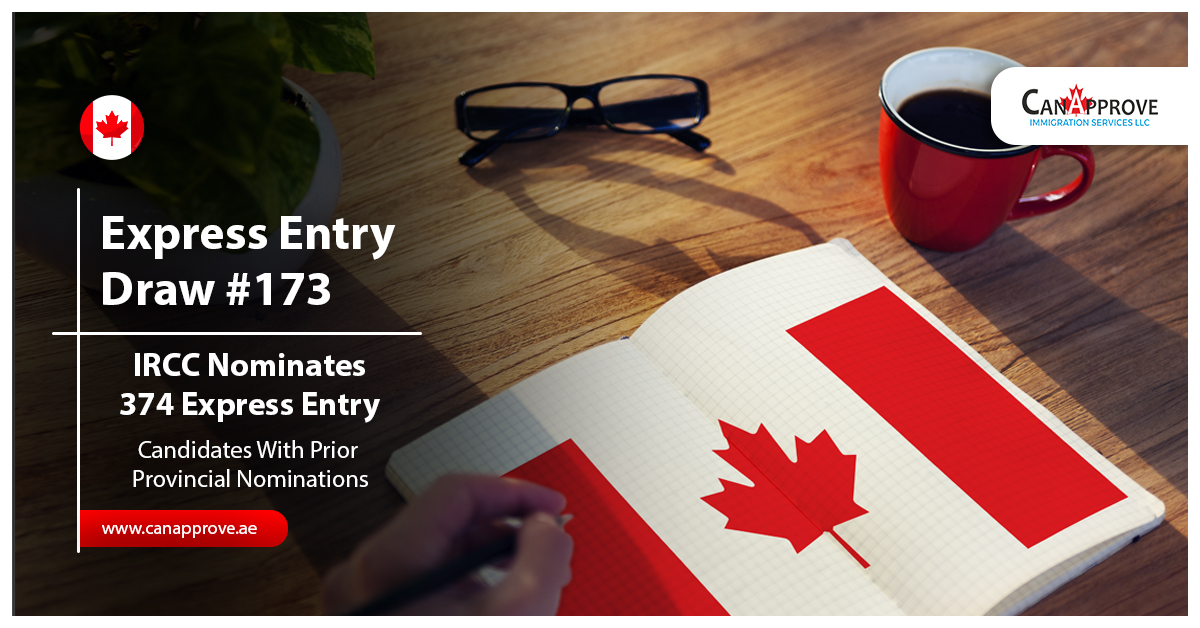Today is January 21 and Canada had already held three Express Entry nomination draws in 2021.
In continuance with the trend set by the alternative PNP and CEC Express Entry draws, the Immigration, Refugee and Citizenship Canada (IRCC) invited 374 Provincial Nominee Program (PNP) candidates who are registered in the federal pool and having a minimum Comprehensive Ranking System (CRS) score of 741.
January 20 PNP-specific draw saw an increase in draw size and a decline in the CRS cut-off score compared with the last PNP-only draw. The reason for favouring program-specific candidates as opposed to all-program draws which majorly included Federal Skilled Worker Program (FSWP) candidates could be the ongoing travel restrictions.
Candidates qualifying for FSWP need not have a prior work experience inside Canada or even a job offer as compared to other programs under Express Entry to qualify for permanent residence.
Qualify For Canada PR Through Express Entry
Canada Express Entry is a long-drawn two-step process. As it manages the application database for three federal immigration programs – the Federal Skilled Worker (FSW), the Federal Skills Trades (FSTP), and the Canadian Experience Class (CEC) – aspirants are first required to qualify for individual program requirements. Such eligible profiles are assessed and ranked on a Comprehensive Ranking System (CRS). Core human factors such as age, education, language skills, and work experience are used to calculate a CRS profile score.
The second step will involve the fortnightly nomination draws held by IRCC. The high-ranking candidates based on the CRS score get ITAs for permanent residence.
Additionally, Canada PNP is the second main pathway to welcome foreign skilled immigrants. It supports the local labor market demands of provinces as well as fulfil the regional aspiration of ushering in development through immigration.
Most PNPs have an Express Entry-aligned PNP stream to nominate candidates already present in the federal databse. All the nominated candidates are eligible to obtain the additional 600 CRS points upon receiving a provincial nomination invitation. This would effectively guarantee an ITA for Canada PR, as shown in the hypothetical example below.
“Brian has rich work experience as a registered psychiatric nurse and has been recently offered full-time employment with a hospital in Vancouver, British Columbia. He got nominated by BC through its ‘enhanced’ Health Care Professional stream for his job offer. He has a total work experience of 5 years and more. He is just 32 years old and his language proficiency stands at CLB 7 in all four categories. He has no dependents.
Based on the above factors, Brain scored a CRS score of 320. But after receiving a provincial nomination from BC, his overall CRS score jumped to 920. Now, he is eligible to receive an ITA for Canada PR in this draw.”
Current Trends
Despite the disruptions caused by the pandemic, Express Entry had a record-breaking year in 2020. Canada ended up issuing 108,350 ITAs last year as against the target of 91,800 ITAs. Under the 2021-2023 Immigration Levels Plan, Canada will target at least 110,000 ITAs for Canada PR every year.
So far, Canada seems on track with its first two Express Entry draws held on January 6 and January 7. With the January 20 draw, IRCC has issued 5,374 ITAs for Canada PR to date, more than the number it issued at the same time in 2020.
We could soon anticipate a further increase in total ITAs and a decrease in CRS requirements with a CEC-only draw later this week.
If you think, you are eligible to qualify under Express Entry for Canada PR, contact us for legal and other documentation support.














